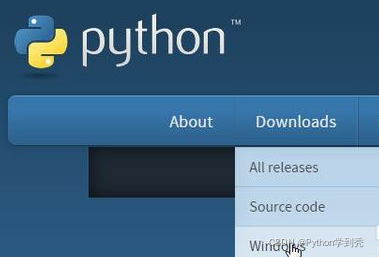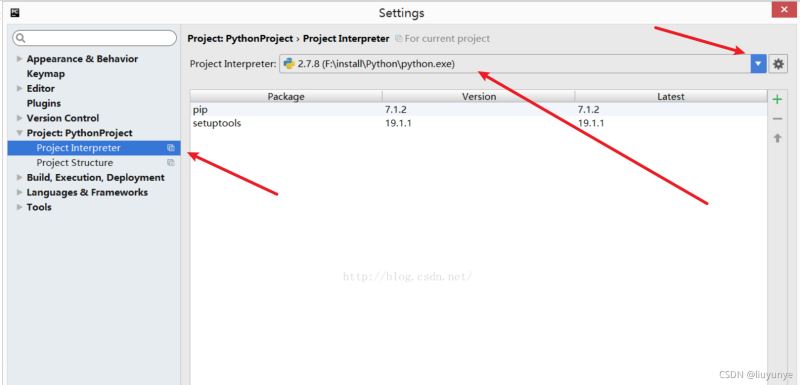用了很久的redis了。随着业务的要求越来越高。对redis的读写速度要求也越来越高。正好最近有个需求(需要在秒级取值1000+的数据),如果对于传统的单词取值,循环取值,消耗实在是大,有小伙伴可能考虑到多线程,但这并不是最好的解决方案,这里考虑到了redis特有的功能pipeline管道功能。
下面就更大家演示一下pipeline在python环境下的使用情况。
1、插入数据
>>> import redis
>>> conn = redis.Redis(host='192.168.8.176',port=6379)
>>> pipe = conn.pipeline()
>>> pipe.hset("hash_key","leizhu900516",8)
Pipeline<ConnectionPool<Connection<host=192.168.8.176,port=6379,db=0>>>
>>> pipe.hset("hash_key","chenhuachao",9)
Pipeline<ConnectionPool<Connection<host=192.168.8.176,port=6379,db=0>>>
>>> pipe.hset("hash_key","wanger",10)
Pipeline<ConnectionPool<Connection<host=192.168.8.176,port=6379,db=0>>>
>>> pipe.execute()
[1L, 1L, 1L]
>>>
2、批量读取数据
>>> pipe.hget("hash_key","leizhu900516")
Pipeline<ConnectionPool<Connection<host=192.168.8.176,port=6379,db=0>>>
>>> pipe.hget("hash_key","chenhuachao")
Pipeline<ConnectionPool<Connection<host=192.168.8.176,port=6379,db=0>>>
>>> pipe.hget("hash_key","wanger")
Pipeline<ConnectionPool<Connection<host=192.168.8.176,port=6379,db=0>>>
>>> result = pipe.execute()
>>> print result
['8', '9', '10'] #有序的列表
>>>
总结:redis的pipeline就是这么简单,实际生产环境,根据需要去编写相应的代码。思路同理,如:
redis_db = redis.Redis(host='127.0.0.1',port=6379)
data = ['zhangsan', 'lisi', 'wangwu']
with redis_db.pipeline(transaction=False) as pipe:
for i in data:
pipe.zscore(self.key, i)
result = pipe.execute()
print result
# [100, 80, 78]
线上的redis一般都是集群模式,集群模式下使用pipeline的时候,在创建pipeline的对象时,需要指定
pipe =conn.pipeline(transaction=False)
经过线上实测,利用pipeline取值3500条数据,大约需要900ms,如果配合线程or协程来使用,每秒返回1W数据是没有问题的,基本能满足大部分业务。
以上这篇python使用pipeline批量读写redis的方法就是小编分享给大家的全部内容了,希望能给大家一个参考,也希望大家多多支持。





